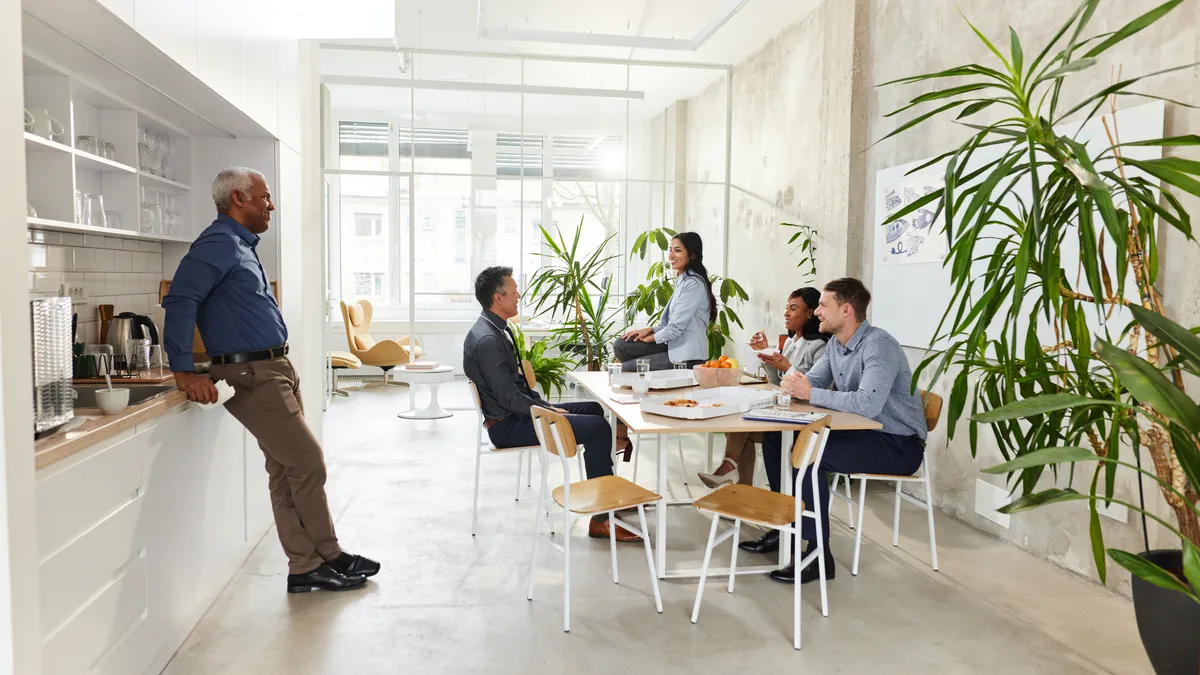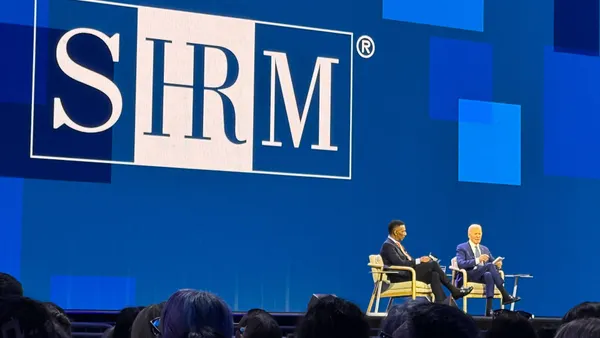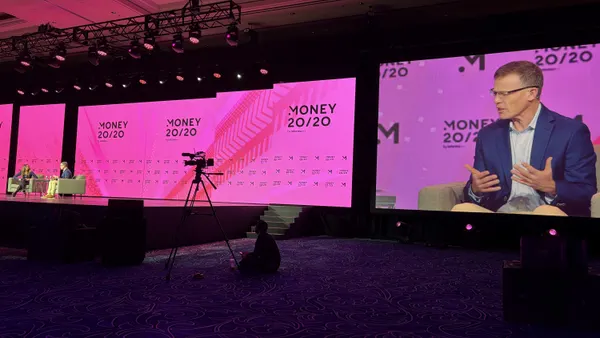Workplace operators should think about how flexible space can help them meet the needs of workers who’ve become accustomed to choosing where they work, according to a JLL webinar focused on commercial real estate trends and rethinking space for smarter workplaces in 2025.
“If you look around coffee shops, baseball games and building lobbies, everywhere is a workplace,” Kimberly Smith, senior vice president of workplace planning and strategy at JLL, said on the webinar. “People can work from anywhere, and they really expect to work from everywhere.”
That puts a premium on space flexibility, so when workers are in the office, they can find the kind of space that fits the kind of work they’re doing, speakers in the webinar said.
“60% of office workers actually think that their home environment is better at supporting focused work than the office,” Paul Morgan, global chief operating officer of Work Dynamics at JLL, said on the webinar. “That’s a huge challenge as we’re trying to draw people back into the workplace to be supportive and productive.”
Forward-looking organizations are creating high-hospitality work environments that allow for flexibility, according to Smith. These environments recognize that employees no longer expect to have assigned desks and would like different areas for different types of work: Areas for focus, areas that encourage collaboration and areas that can be used for both.
Most days of the week, Smith said, nearly 48% of employees are doing focus work, with the remainder split between face-to-face and virtual collaboration.
Smith encouraged the use of flexible furniture with adaptable architecture so that work environments can be modified as needs shift. It can also help to implement technology systems that can enable efficient space booking and collaboration, she said.
It’s also important to create clearly defined “team neighborhoods” that can drive connection, said Jaymie Gelino, global chief operating officer of project and development services at JLL.
“How we’re using [a space] as a team, and then how we have those neighborhood connections to adjacent spaces – that’ll give us some more flexibility around utilizing the space in a more prominent manner,” Gelino said.















